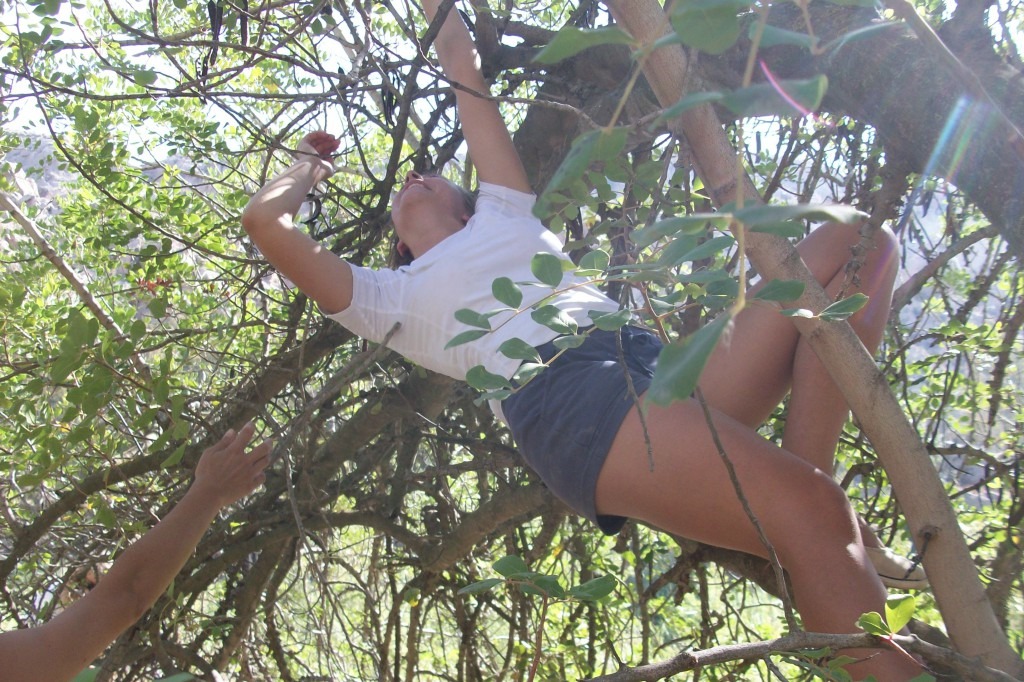Sunseed News, Sustainable Living, Tutorial
In an semi-epic personal journey of finding the simplest most intuitive naturally leavened bread possible, I have finally triumphed. Let the doves free! Cue an orchestra of angels!
OK, so how did I do it? With a little help from my friends! Follow the simple recipe below with distilled wisdom… and you’ll wonder why there could ever be mystery around such an easy thing.
INGREDIENTS
- Starter*
- Flour
- Warm water
- Salt
METHOD
- Add a cup or two of flour and warm water to your starter until it’s like thick paint. Leave overnight in a cold place.
- Add flour (the amount you need) and salt (to taste), warm-hand hot water until you get a lovely, slightly tacky (but not sticky) dough.
- Knead well for 5-10 minutes
- Leave for 3-4 hours in a warm place in an oiled bowl
- Punch down and knead well for 5-10 minutes
- Shape into loaves. Take out a golf ball amount of dough – this is your new Starter!
- Allow to rise for 1-2 hours- Bake at 230 for 15 minutes, then reduce to 190/200 for another 20-25 (depending on loaf size)
- Remove from oven and allow to cool on a rack
- Bon appétit!
If you have any questions about how to start a starter, email Sustainable Living and we will tell you how easy it is!
































